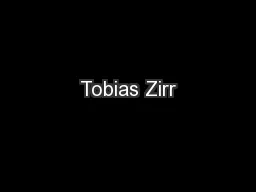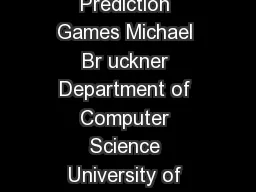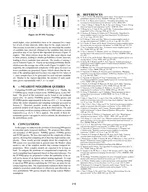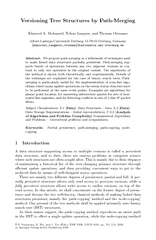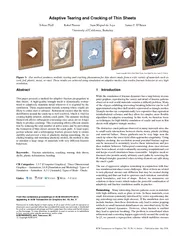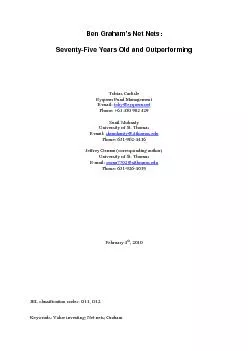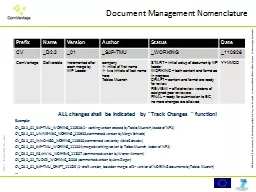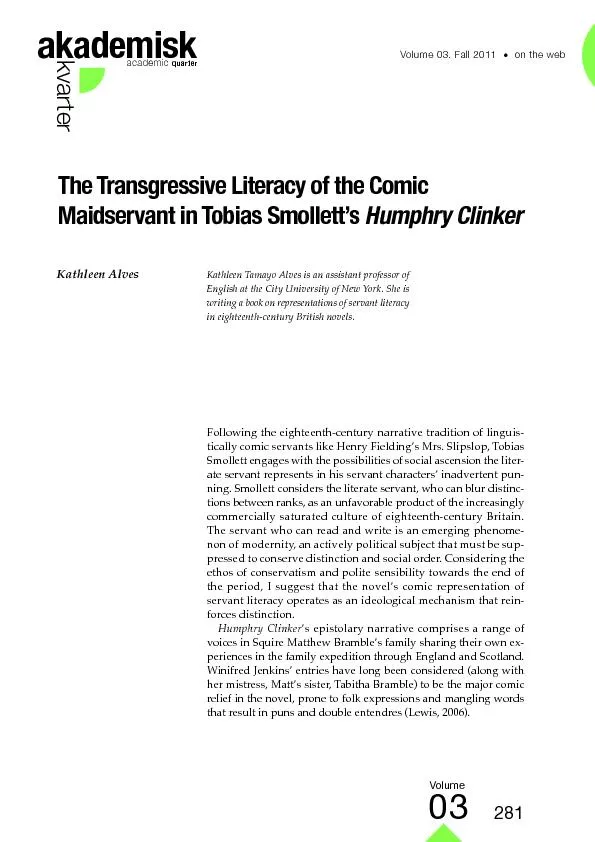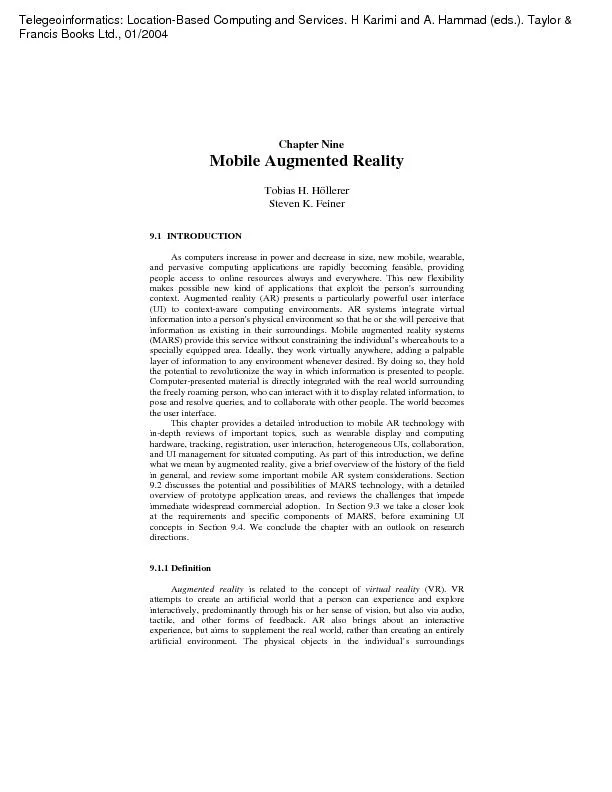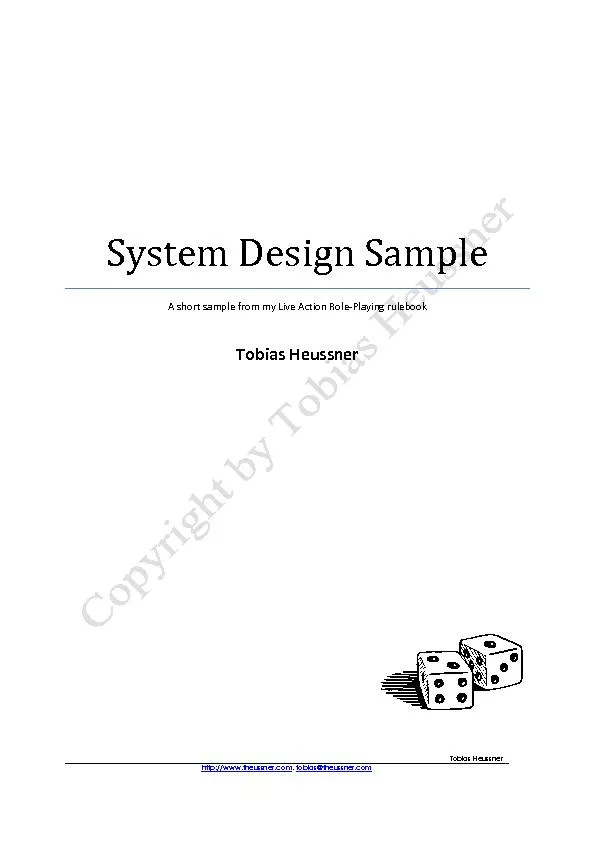PPT-Tobias Zirr
Author : pasty-toler | Published Date : 2017-11-03
12 and Anton Kaplanyan 1 1 NVIDIA Research 2 Karlsruhe Institute of Technology Realtime Rendering of Procedural Multiscale Materials Previous Work Sparkly but
Presentation Embed Code
Download Presentation
Download Presentation The PPT/PDF document "Tobias Zirr" is the property of its rightful owner. Permission is granted to download and print the materials on this website for personal, non-commercial use only, and to display it on your personal computer provided you do not modify the materials and that you retain all copyright notices contained in the materials. By downloading content from our website, you accept the terms of this agreement.
Tobias Zirr: Transcript
Download Rules Of Document
"Tobias Zirr"The content belongs to its owner. You may download and print it for personal use, without modification, and keep all copyright notices. By downloading, you agree to these terms.
Related Documents

